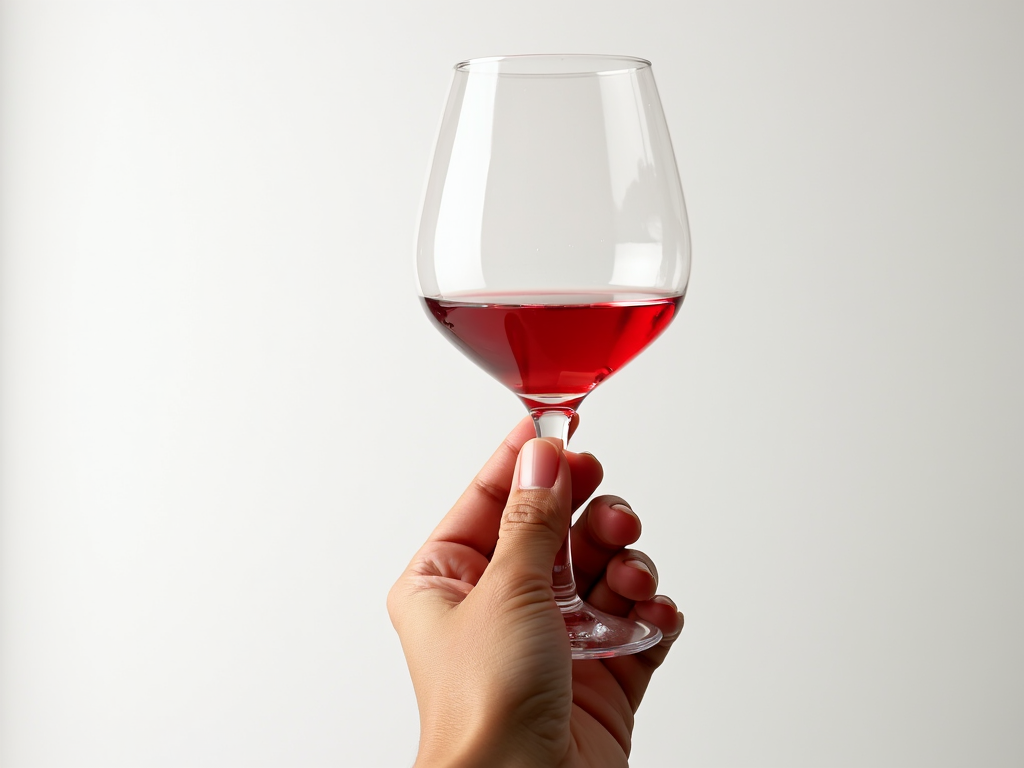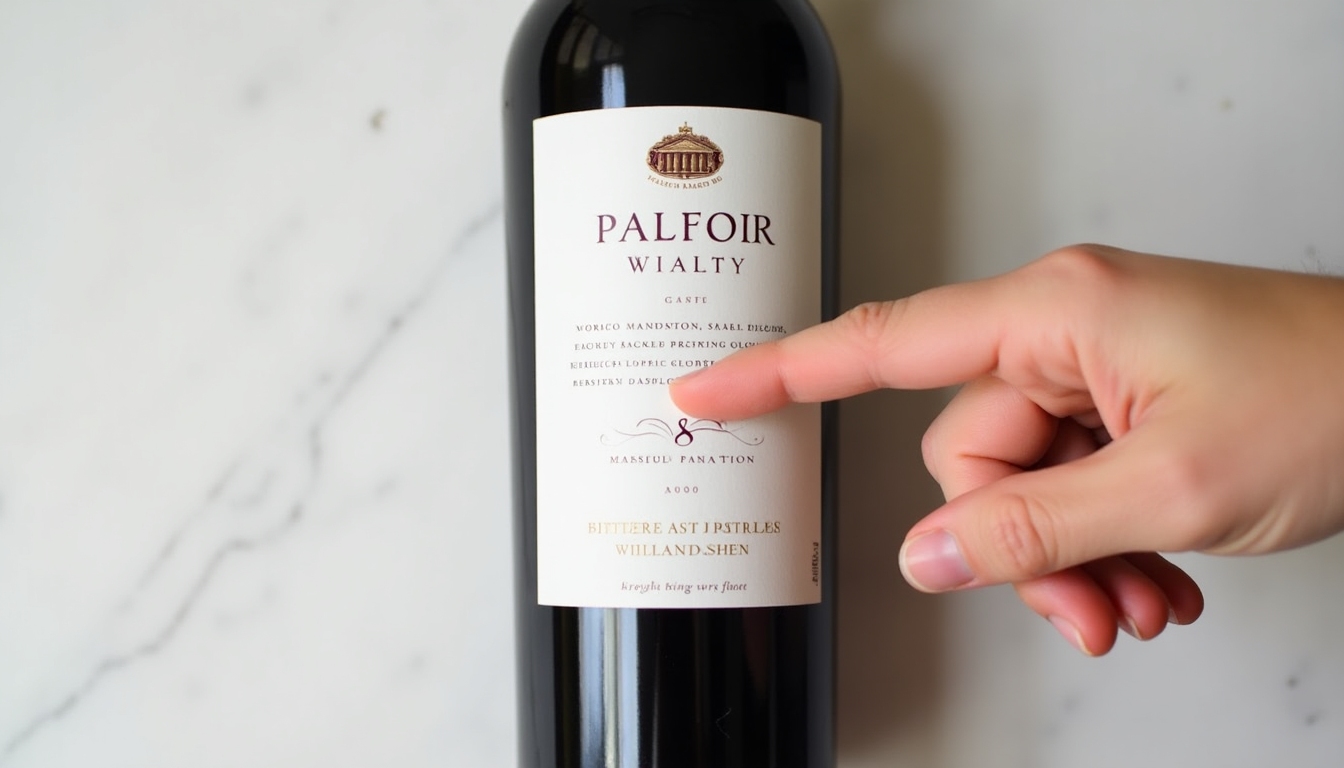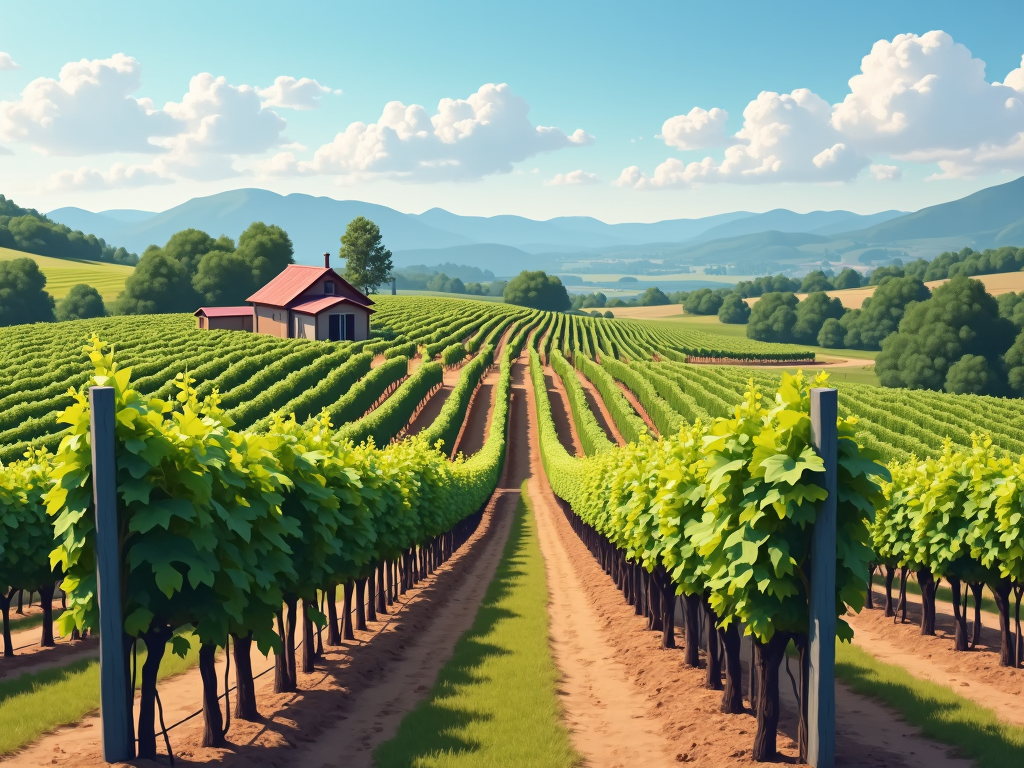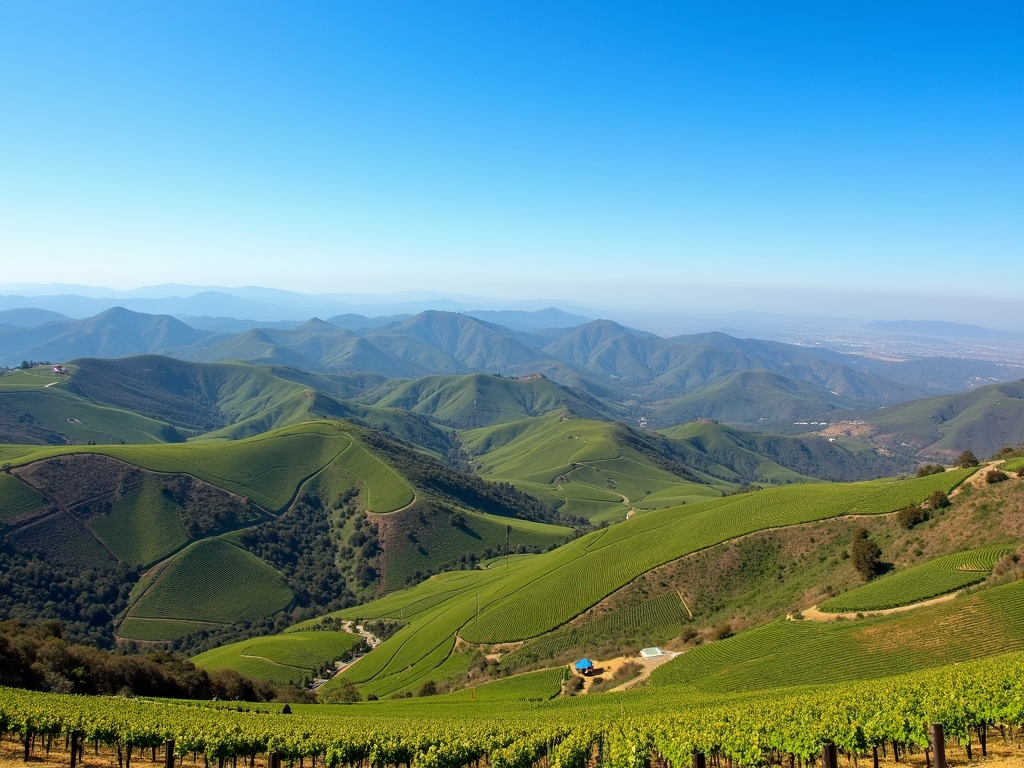The Ultimate Wine Tasting Guide
Overview
Wine tasting is more than just sipping a glass of wine—it's an experience that engages all your senses. Whether you're a beginner or a seasoned enthusiast, this guide will take you through the essentials of wine tasting, offer tips for making the most of your experience, and introduce you to the charm of family-run vineyards and California's rich vintner heritage.
The Basics of Wine Tasting
Wine tasting is an art that involves four key steps: look, smell, taste, and conclude. Start by observing the wine's color and clarity, which can tell you about its age and grape variety. Next, swirl the glass to release the aromas and take a moment to inhale deeply. When you taste, let the wine linger on your palate to appreciate its flavors and texture. Finally, reflect on the overall experience and what you enjoyed most.

For beginners, wine tasting can feel intimidating, but it doesn't have to be. Remember that there's no right or wrong way to enjoy wine—what matters is your personal experience. Start with wines that appeal to your taste buds, and don't be afraid to ask questions. Wine tasting is a journey, and every sip is an opportunity to learn something new.
Tips and Tricks for Beginners
To make the most of your wine tasting experience, keep these tips in mind:
- Hold the glass by the stem: This prevents your hand from warming the wine and affecting its temperature.
- Serve wine at the right temperature: Reds are best at 60-65°F, while whites and rosés shine at 50-55°F.
- Read the label: Understanding the grape variety, region, and vintage can give you clues about the wine's flavor profile.
- Avoid strong scents: Perfumes or scented candles can interfere with your ability to smell the wine's aromas.

One common mistake beginners make is rushing through the tasting process. Take your time to savor each step, from observing the wine to reflecting on its finish. Another tip is to cleanse your palate between wines with water or a neutral cracker to fully appreciate each wine's unique characteristics.
Wine Tourism: Experience the Charm of Family-Run Vineyards
Visiting a family-run vineyard is a unique way to experience wine tasting. These vineyards often offer a more personal touch, with the owners sharing stories about their winemaking process and the history of their land. It's not just about the wine—it's about the people and the passion behind each bottle.

When planning a wine tourism trip, look for vineyards that offer guided tours or tastings led by the winemakers themselves. This allows you to ask questions and gain insights that you wouldn't get from a larger, corporate winery. Plus, many family-run vineyards produce limited-edition wines that you can't find elsewhere, making your experience even more special.
Family-Owned Wineries: Preserving Heritage in a Corporate World
In an industry increasingly dominated by large corporations, family-owned wineries play a crucial role in preserving winemaking traditions. These wineries often prioritize quality over quantity, focusing on small-batch production and sustainable practices. Their commitment to heritage and craftsmanship is what sets them apart.

However, family-owned wineries face challenges, from competing with larger brands to navigating changing consumer preferences. Despite these obstacles, many continue to thrive by staying true to their roots and offering unique, high-quality wines. Supporting these wineries not only helps preserve winemaking heritage but also ensures that the industry remains diverse and innovative.
Exploring California’s Vintner Heritage Through Local Wineries
California is home to some of the world's most renowned wine regions, from Napa Valley to Sonoma County. Each region has its own unique terroir, which influences the flavor and character of the wines produced there. Exploring local wineries is a great way to experience California's vintner heritage firsthand.

When visiting California, be sure to explore beyond the well-known wineries. Smaller, lesser-known vineyards often offer equally impressive wines and a more intimate tasting experience. Look for wineries that specialize in specific grape varieties or offer unique tasting experiences, like barrel tastings or food pairings.
California's wine country also hosts numerous events throughout the year, from harvest festivals to wine and food pairings. These events are a great way to immerse yourself in the local wine culture and discover new favorite wines.
Conclusion
Wine tasting is a journey that combines sensory pleasure with cultural exploration. Whether you're just starting out or looking to deepen your knowledge, this guide provides the tools and insights you need to enhance your wine tasting experience. From understanding the basics to exploring family-run vineyards and California's vintner heritage, there's always something new to discover in the world of wine.
For those eager to learn more, consider visiting a local winery or attending a wine tasting event. And remember, the best way to appreciate wine is to enjoy it at your own pace, savoring each sip and the stories behind it.